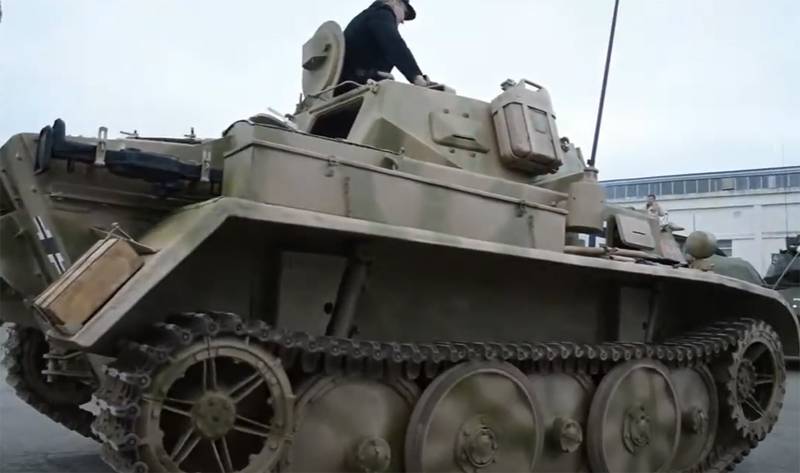Fast armored vehicles of war: tank Panzerkampfwagen II version D

Today, there is often a dispute about the future. tanks... Two large camps were formed with diametrically opposed views. Some are confident that tanks will lose their relevance on the battlefield in the medium term due to the development of other (primarily missile) technologies. Others are confident that the importance of tanks will not decrease, and the tanks themselves will be transformed to meet the most pressing challenges in the event of a land confrontation.
Without a doubt, the peak of the use of tanks was the Second World War. One of the main examples of the use of tanks was, of course, the Battle of Prokhorovka, where hundreds of tanks from both sides converged on a relatively small area. At the same time, by the time that battle began, the tanks from the beginning of the war, both in the USSR and in Nazi Germany, had time to undergo serious changes. Also, completely new modifications appeared, which took into account previous combat experience.
Before the war, Nazi Germany was armed with several variants of tanks, including the Pz.Kpfw.II. However, already at the first stage of World War II, the Wehrmacht realized that it would be difficult to achieve success without the modernization of this armored vehicle. Modifications with protective screens, a commander's cupola, high-speed modifications of armored vehicles began to appear.
The high-speed variants of the named tank include the Pz.Kpfw.II D (Panzerkampfwagen II Ausf. D), which received a modified hull shape, as well as new transmission and suspension. The series of these tanks came out limited and was actually temporary. They are described in the story of the Starina channel:
Information